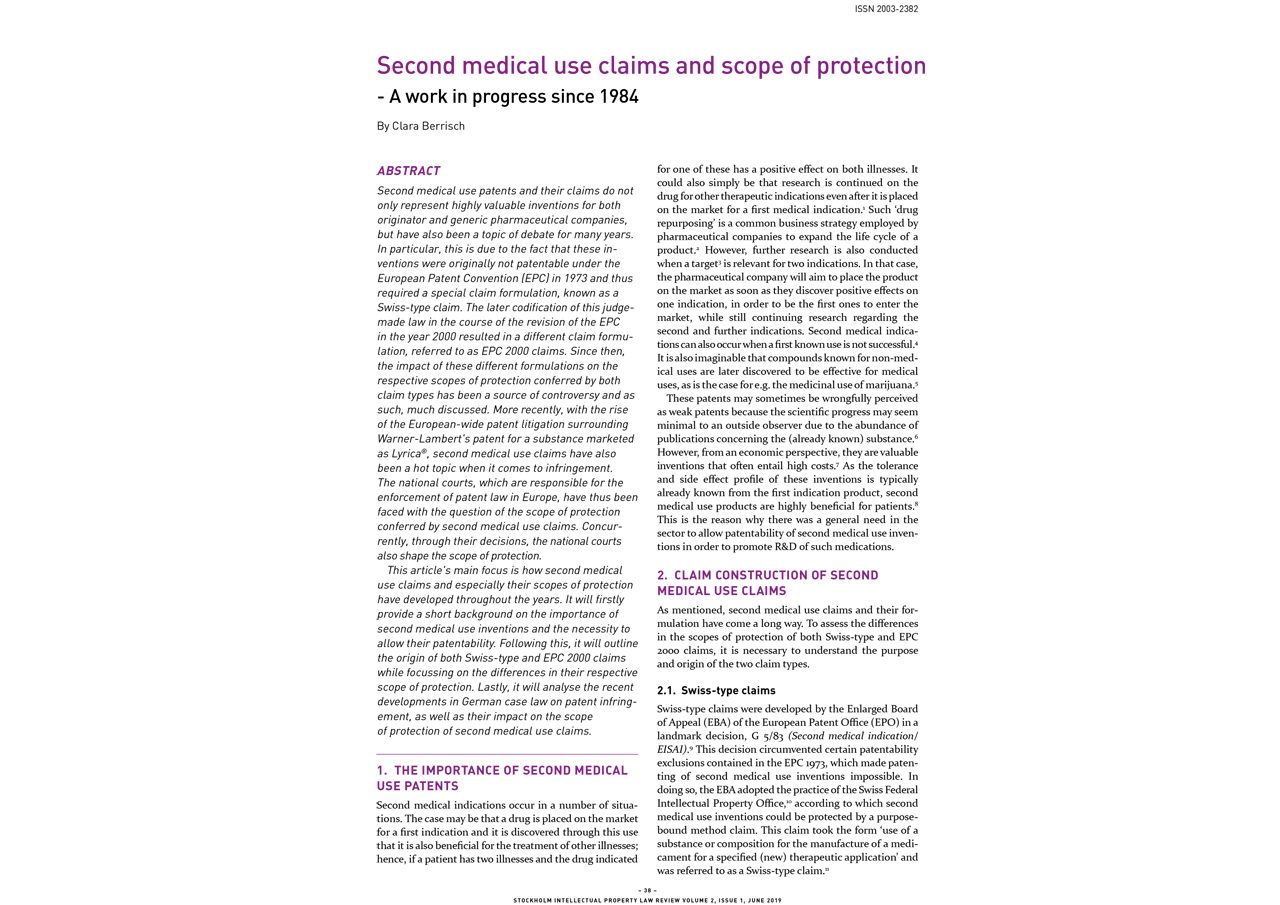ABSTRACT
Second medical use patents and their claims do not only represent highly valuable inventions for both originator and generic pharmaceutical companies, but have also been a topic of debate for many years. In particular, this is due to the fact that these inventions were originally not patentable under the European Patent Convention (EPC) in 1973 and thus required a special claim formulation, known as a Swiss-type claim. The later codification of this judge-made law in the course of the revision of the EPC in the year 2000 resulted in a different claim formulation, referred to as EPC 2000 claims. Since then, the impact of these different formulations on the respective scopes of protection conferred by both claim types has been a source of controversy and as such, much discussed. More recently, with the rise of the European-wide patent litigation surrounding Warner-Lambert’s patent for a substance marketed as Lyrica®, second medical use claims have also been a hot topic when it comes to infringement. The national courts, which are responsible for the enforcement of patent law in Europe, have thus been faced with the question of the scope of protection conferred by second medical use claims. Concurrently, through their decisions, the national courts also shape the scope of protection. This article’s main focus is how second medical use claims and especially their scopes of protection have developed throughout the years. It will firstly provide short background on the importance of second medical use inventions and the necessity to allow their patentability. Following this, it will outline the origin of both Swiss-type and EPC 2000 claims while focussing on the differences in their respective scope of protection. Lastly, it will analyse the recent developments in German case law on patent infringement, as well as their impact on the scope of protection of second medical use claims.


Comments are closed